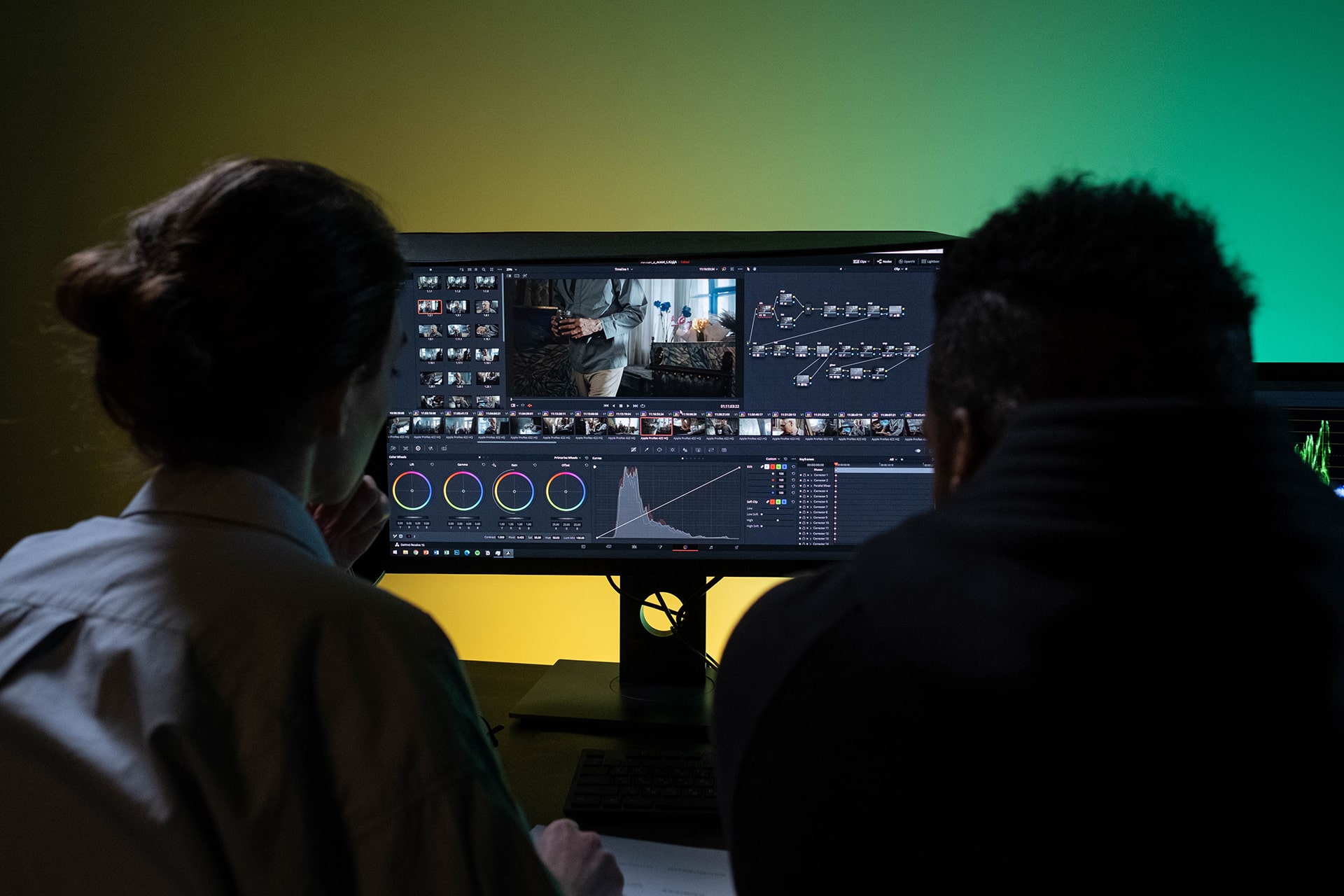Website design encompasses the creation of websites that are not only visually appealing but also functional and user-friendly. It’s the bridge between your brand and your audience online, and getting it right can make a significant difference in user engagement and achieving your website’s goals. Here’s a deeper dive into the world of website design:
Key Elements of Website Design
User Interface (UI) Design: Creating the visual elements that users interact with, including buttons, menus, navigation bars, and the overall layout.
User Experience (UX) Design: Focusing on the user’s journey through the website, ensuring it’s intuitive, efficient, and meets their needs.
Information Architecture (IA): Structuring and organizing website content in a logical and hierarchical way, making it easy for users to find what they’re looking for.
Visual Design: Crafting the website’s aesthetics, including color scheme, typography, imagery, and overall style.
Responsiveness: Ensuring the website displays optimally across different devices (desktop, mobile, tablet) for a seamless user experience on any screen.
Accessibility: Designing the website to be accessible to users with disabilities, following WCAG (Web Content Accessibility Guidelines).
Content: High-quality, informative, and engaging content that resonates with your target audience.


Beyond the technical aspects, a successful website design considers several crucial factors. First and foremost, your website should be a seamless extension of your brand. This means using your logo, brand colors, and fonts consistently to create a unified and recognizable experience for visitors. Secondly, website performance is king. Fast loading times are essential for a positive user experience; a slow website frustrates visitors and can cause them to bounce. Next, consider Search Engine Optimization (SEO). By implementing SEO best practices, you can improve your website’s ranking in search results, making it more discoverable by your target audience. Finally, website security is paramount. Taking steps to secure your website protects user data and prevents cyberattacks, building trust with your visitors.
Website Design Process
Building a website takes flight in several key stages
- Planning & Discovery: This involves defining the website’s goals, target audience, and desired user experience.
- Information Architecture & User Flow: Structuring the website content and defining how users will navigate it.
- Wireframing & Prototyping: Creating low-fidelity mockups to visualize the website’s layout and functionality.
- Visual Design: Developing the website’s visual elements based on branding guidelines and user preferences.
- Content Creation: Developing and integrating high-quality content that aligns with the website’s goals.
- Development & Testing: Building the website using coding languages and testing it thoroughly across different devices and browsers.
- Launch & Maintenance: Launching the website and making ongoing updates and improvements based on user feedback and analytics data.
A well-designed website isn’t just about aesthetics, it’s a strategic investment. Imagine a website that’s easy to navigate, visually appealing, and leaves a positive brand impression. That’s the power of effective website design. It translates to a happy user experience, keeping visitors engaged and satisfied. But it goes beyond clicks. A strong website design can help you achieve your business goals, whether it’s generating leads, driving sales, or building brand awareness. It fosters trust with visitors, establishing you as a credible authority. In today’s competitive online landscape, a well-designed website is a difference-maker. It sets you apart from rivals and positions you for success in the digital world. So, don’t just build a website, design it with purpose!
